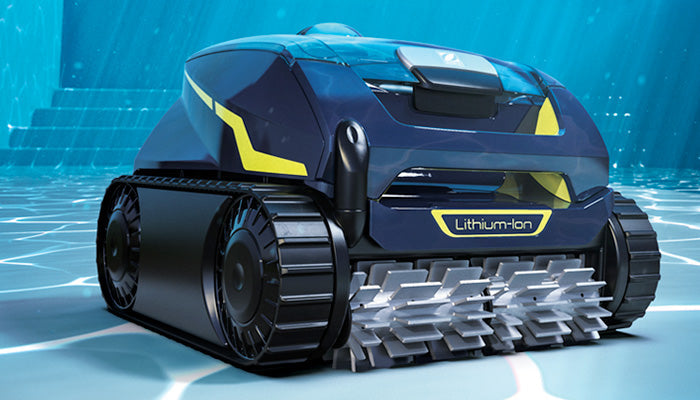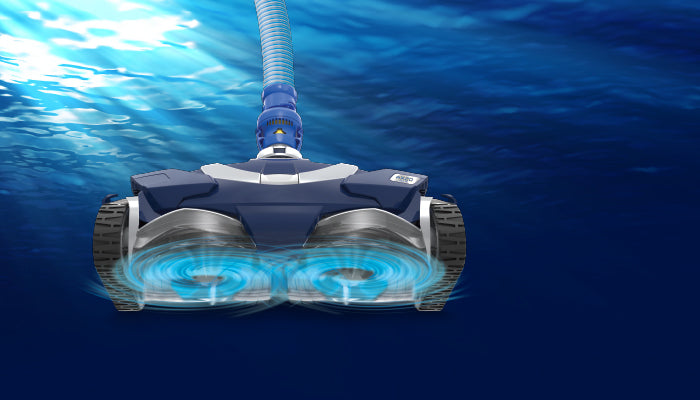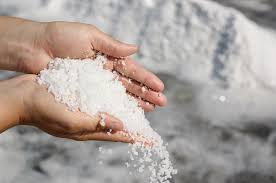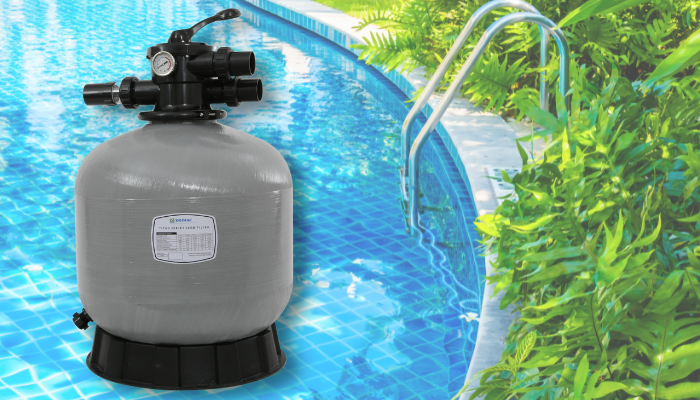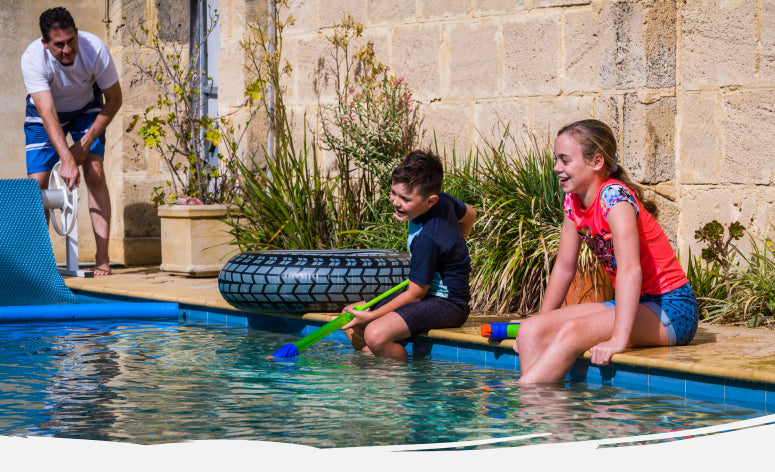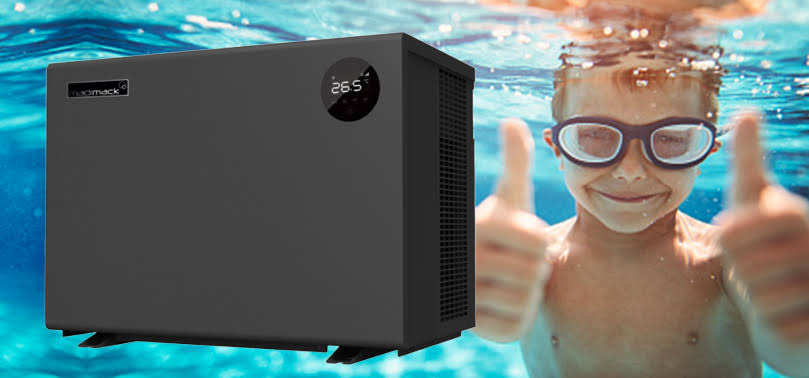Help, my ph has dropped below 6.8
Why We Use Soda Ash When pH Drops Below 6.8
Understanding the Critical pH Threshold for Perth Pool Water
Quick Answer
When pool pH falls below 6.8, we exclusively use soda ash (sodium carbonate) instead of buffer because the water has become dangerously acidic. At this critical point, we need rapid pH correction to prevent equipment damage and make the water safe for swimming. Soda ash provides immediate, powerful alkalinity that quickly raises pH back to safe levels.
The Critical 6.8 pH Threshold
In pool chemistry, pH 6.8 represents a critical safety boundary. Below this level, your pool water enters a danger zone where immediate action is required to prevent serious consequences.
Why 6.8 is the Red Line:
- Eye and Skin Irritation: pH below 6.8 causes immediate discomfort to swimmers
- Metal Corrosion: Acidic water aggressively attacks metal components
- Surface Etching: Concrete and plaster surfaces begin to dissolve
- Equipment Damage: Heaters, pumps, and filters suffer accelerated wear
- Sanitiser Inefficiency: Chlorine becomes hyperactive but unstable
Why Soda Ash Instead of Buffer?
Soda Ash (pH < 6.8)
- pH of 11.6 - powerful correction
- Immediate pH increase
- Adds both pH and alkalinity
- Works in emergency situations
- Stops corrosion quickly
Buffer (Not Suitable)
- pH of 8.3 - too weak for crisis
- Gradual pH adjustment
- Mainly adds alkalinity
- Better for maintenance
- Insufficient for emergency
Think of it this way: Buffer is like a gentle nudge to your pH, perfect for fine-tuning. Soda ash is like an emergency rescue - when your pH has fallen off a cliff, you need the powerful lift that only soda ash can provide.
The Chemistry Explained
Chemical Reactions:
Soda Ash (Na₂CO₃) in water:
Na₂CO₃ + H₂O → 2Na⁺ + HCO₃⁻ + OH⁻
Produces hydroxide ions (OH⁻) that immediately neutralise acid
Buffer (NaHCO₃) in water:
NaHCO₃ + H₂O ⇌ Na⁺ + H₂CO₃ + OH⁻
Weaker reaction, produces fewer OH⁻ ions
The key difference: Soda ash generates significantly more hydroxide ions (OH⁻), which are what neutralise the excess hydrogen ions (H⁺) causing low pH.
Immediate Dangers of pH Below 6.8
Damage Timeline:
Within Hours:
• Swimmer discomfort (burning eyes, itchy skin)
• Copper pipes begin leaching (green staining)
• Chlorine consumption skyrockets
Within Days:
• Heat exchanger corrosion begins
• Pool surface etching starts
• Metal ladder and rail pitting
Within Weeks:
• Permanent equipment damage
• Visible surface deterioration
• Costly repairs required
Soda Ash Dosage for Low pH Recovery
⚠️ Important: Never add more than 200g of soda ash per 10,000L in a single dose. Allow 4-6 hours between doses and retest. For pH below 6.0, contact a pool professional immediately.
Emergency pH Recovery Procedure
Step-by-Step Recovery:
-
Stop Swimming Immediately
Close pool access until pH is restored above 7.0 -
Test Accurately
Use fresh reagents or digital tester for precise pH reading -
Calculate Dose
Use the table above based on your pool volume and current pH -
Pre-dissolve Soda Ash
Mix in a bucket of pool water (1kg per 10L of water maximum) -
Add Slowly Around Pool
Pour solution around pool edges with pump running -
Run Pump Continuously
Keep circulation running for at least 4 hours -
Retest and Repeat
Check pH after 4 hours, add more if needed -
Balance Other Chemistry
Once pH is stable, check and adjust alkalinity and chlorine
Perth Pool Considerations
Why Perth Pools Drop Below 6.8:
- Heavy Rain Events: Perth's winter storms can dump acidic rainwater (pH 5.5-6.0) rapidly lowering pool pH
- Organic Load: Autumn leaf drop from native trees creates acidic conditions
- Over-correction: Excessive use of pH down or acid washing
- CO₂ Injection: Faulty CO₂ systems in mineral pools
- New Plaster: Fresh plaster can cause pH crashes in the first few weeks
Local Tip: After heavy Perth winter rains, always check your pH immediately. A single storm can drop pH from 7.4 to below 6.8, especially in smaller pools.
Preventing pH Crashes Below 6.8
Regular Monitoring
- Test pH twice weekly minimum
- Daily testing during winter
- After every rain event
- Use quality test kit
Maintain Alkalinity
- Keep TA at 80-120 ppm
- Higher TA resists pH changes
- Use buffer for TA maintenance
- Check monthly minimum
Careful Chemical Use
- Never overdose pH down
- Add acids very slowly
- Calculate doses carefully
- Wait between additions
Weather Awareness
- Cover pool before storms
- Pre-adjust before rain
- Test immediately after
- Keep chemicals on hand
The Real Cost of Ignoring Low pH
Potential Repair Costs from pH Below 6.8:
| Heat Pump Exchanger: | $2,000 - $4,000 |
| Pool Resurfacing: | $8,000 - $15,000 |
| Pump Seal Replacement: | $300 - $500 |
| Ladder/Rail Replacement: | $500 - $1,000 |
| Chlorinator Cell Damage: | $600 - $1,200 |
| vs. Soda Ash Treatment: | $20 - $40 |
Professional Tips from Poolwise
💡 Pro Tip 1: Always keep at least 2kg of soda ash on hand during winter. pH crashes often happen on weekends when pool shops are closed.
💡 Pro Tip 2: If your pH repeatedly drops below 6.8, check for a underlying cause - leaking valves allowing acid backflow, faulty CO₂ system, or calcium deposits in your chlorinator cell.
💡 Pro Tip 3: Mix soda ash in hot water for faster dissolving. Use pool water heated to about 40°C for best results, but never boiling water.
💡 Pro Tip 4: After correcting pH from below 6.8, run your filter continuously for 24 hours to ensure complete mixing and to filter out any metals that may have dissolved.
💡 Pro Tip 5: Document your pH crash - take photos of test results and note the date. If equipment damage occurs, this documentation helps with warranty claims.
Common Misconceptions
❌ Myth: "Buffer works just as well, it just takes longer"
✓ Fact: Buffer lacks the alkaline strength needed for emergency pH correction. Using buffer when pH is below 6.8 is like using a bandaid on a broken bone - it's simply not strong enough for the job.
❌ Myth: "Low pH for a few days won't hurt anything"
✓ Fact: Damage begins within hours. Copper pipes can release enough metal to permanently stain surfaces in just 24-48 hours at pH 6.5.
❌ Myth: "Adding lots of chlorine will fix low pH"
✓ Fact: Liquid chlorine is alkaline and will raise pH slightly, but nowhere near enough to correct a pH below 6.8. Plus, chlorine is extremely aggressive at low pH, causing more problems.
❌ Myth: "Soda ash and washing soda are different"
✓ Fact: They're the same chemical (sodium carbonate). Pool-grade soda ash is purer and more finely ground for better dissolving, but in an emergency, washing soda from the laundry aisle will work.
Need Emergency pH Correction?
Don't let low pH damage your pool. Poolwise Padbury stocks soda ash and provides expert advice for pH emergencies.
Call Poolwise: (08) 9403 6000
